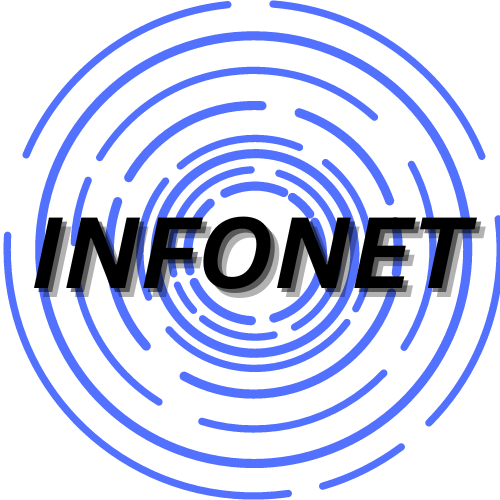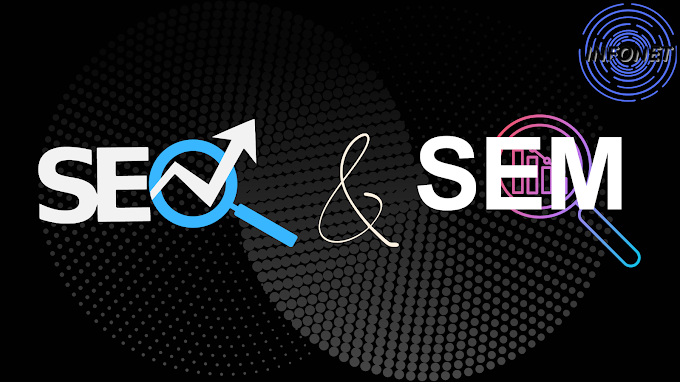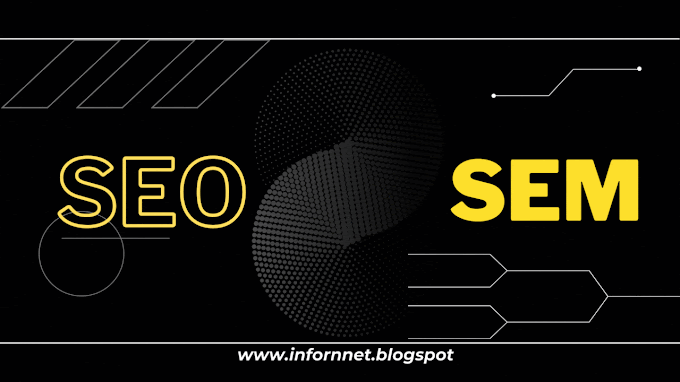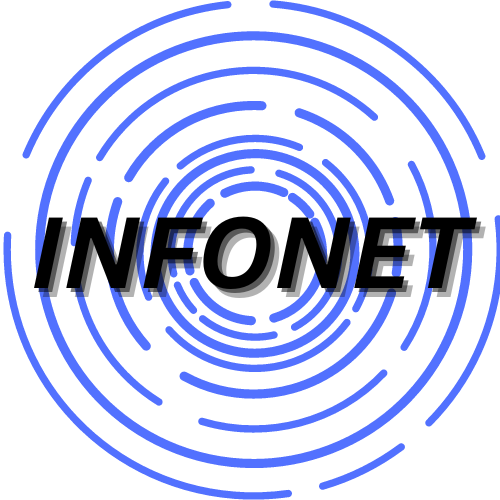In the world of digital marketing, search engine optimization (SEO) and search engine marketing (SEM) are two terms that often go hand in hand. While SEO focuses on optimizing your website to rank higher in organic search results, SEM takes a different approach when it includes paid advertising into the mix. In this article, we will dive into the world of SEM and explore its different types and strategies. Whether you're an experienced marketer or just starting your digital journey, understanding SEM is essential to achieving online success.
Content
What is SEM?
SEM types
2.1. Pay-per-click (PPC) advertising.
2.2. Graphic advertising
2.3. Remarketing
2.4. Ads in Shopping
2.5. Video advertising
SEM strategy
3.1. Keyword research
3.2. Ad text and creative
3.3. Budgets and offers
3.4. Tracking advertising campaigns
3.5. Conversion tracking
The role of SEM tools
4.1. I'm Rush
4.2. Google Ads
4.3. Bing Ads
SEM vs. SEO: What's the Difference?
Conclusion
1. What is SEM?
SEM, or Search Engine Marketing, is a digital marketing strategy that involves promoting websites by increasing their visibility on search engine results pages (SERPs) through paid advertising. SEM primarily revolves around placing ads on search engines like Google, Bing or Yahoo. The goal is to increase website traffic, increase brand exposure, and generate leads or sales.
SEM includes different types and strategies, making it a versatile tool in the digital marketing toolbox. Let's explore the different types of SEM.
2. SEM types
2.1. Pay-per-click (PPC) advertising.
PPC advertising is one of the most common forms of SEM. In this model, advertisers bid on specific keywords or phrases relevant to their target audience. When a user enters a search query containing these keywords, the advertiser's ad may appear at the top or side of the search results. Advertisers only pay when users click on their ads, which is a cost-effective way to drive targeted traffic.
2.2. Graphic advertising
Display advertising involves the placement of visual advertisements, such as banners, images or videos, on websites that are part of an ad network. Unlike PPC, display ads are not triggered by specific search queries, but are shown to users based on their browsing behavior, interests or demographics. This type of SEM is ideal for brand awareness and reaching a wider audience.
2.3. Remarketing
Remarketing, also known as retargeting, is an SEM strategy that targets users who have previously visited your website but have not taken a desired action, such as a purchase. Advertisers can show these users customized ads while browsing other websites, reminding them of your products or services and encouraging them to return.
2.4. Ads in Shopping
Ads in Shopping are for e-commerce. They display product images, prices and descriptions directly in search engine results. When users click on these ads, they are redirected to the product page on the advertiser's website, simplifying the purchase process.
2.5. Video advertising
Video advertising involves placing video ads on platforms like YouTube or on other websites as part of an ad network. Video ads can be very engaging and are an excellent way to showcase products or tell a brand story. They can appear before, during, or after videos to grab viewers' attention.
3. SEM strategy
Successful SEM campaigns require careful planning and execution. Here are some key strategies to consider:
3.1. Keyword research
Keyword research is the foundation of any SEM campaign. Identifying the right keywords will ensure that your ads reach the right audience. Tools like SEM Rush can help you find relevant keywords and estimate their search volume and competitiveness.
3.2. Ad text and creative
Create compelling ad copy and creatives that reach your target audience. Your ad should convey a clear message and call to action. Use eye-catching visuals and persuasive language to encourage clicks.
3.3. Budgets and offers
Set a realistic budget for your SEM campaign and allocate funds to different ad groups or campaigns. Bidding strategies vary, with options such as manual bidding or automatic bidding algorithms that optimize for specific goals such as clicks or conversions.
3.4. Tracking advertising campaigns
Monitor the performance of your SEM campaigns regularly. Track metrics such as click through rate (CTR), conversion rate and return on investment (ROI). Adjust campaign settings and keywords based on performance data to improve results.
3.5. Conversion tracking
Implement conversion tracking to measure the effectiveness of your SEM efforts. This allows you to match conversions, such as form submissions or purchases, to specific ads or keywords, helping you refine your strategy.
4. Role of SEM tools
SEM tools are invaluable in simplifying and enhancing your SEM efforts. Here are a few notable ones:
4.1. I'm Rush
SEM Rush is a comprehensive SEM tool that provides keyword research, competitor analysis and a website audit. It offers insight into your competitors' strategies and helps you optimize your own campaigns for better results.
4.2. Google Ads
Google Ads, formerly known as Google AdWords, is Google's own advertising platform. It allows you to create and manage PPC campaigns on the world's most popular search engine. Google Ads offers a number of features for targeting, tracking and optimizing ads.
4.3. Bing Ads
Bing Ads is Microsoft's equivalent of Google Ads. Even if it has a smaller market share, it can still be an effective platform to reach a different audience. Bing Ads offers similar features, including PPC and ad display options.
5. SEM vs. SEO: What's the Difference?
It is important to distinguish between SEM and SEO. While both aim to improve a website's visibility in search engine results, they use different approaches:
SEM (Search Engine Marketing): Involves paid advertising that appears at the top of search results for specific keywords. Advertisers pay when users click on their ads.
SEO (Search Engine Optimization): Focuses on optimizing the content, structure, and other elements of a website so that it ranks organically in search results. Does not include paid advertising.
SEM and SEO can complement each other in a comprehensive digital marketing strategy. SEM provides immediate visibility, while SEO works to build long-term organic traffic.
6. Conclusion
In the ever-evolving landscape of digital marketing, SEM is a powerful tool that offers different types and strategies to help businesses thrive online. Whether you use PPC advertising, display ads or video marketing, SEM can help you reach your target audience and achieve your marketing goals.
By doing thorough keyword research, creating compelling ad copy, and using SEM tools like SEM Rush and Google Ads, you can maximize the impact of your SEM campaigns. Remember that SEM and SEO, while different, can work together to create


.png)

.png)


